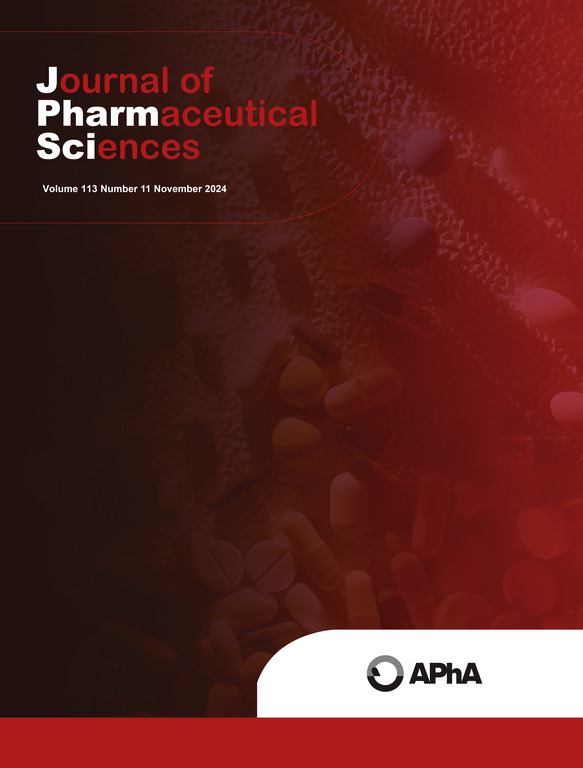Procedural modifications proposed for the screening of substances extracted from pharmaceutical packaging systems and medical devices with the goal of improving inter-laboratory consistency of the data generated
IF 3.7
3区 医学
Q2 CHEMISTRY, MEDICINAL
引用次数: 0
Abstract
Substances that migrate (leachables) into a pharmaceutical product from the materials that comprise its manufacturing, packaging, and/or delivery system(s) have the potential to negatively impact its safety and/or quality. Mitigating the impact of this interaction typically includes the screening of substances that can be extracted (extractables) from these materials using appropriate solvents and exposure conditions. Despite the importance of such extractable screening studies in assuring product quality and patient safety, it has become apparent that inconsistencies in their execution between laboratories have resulted in the potential for differences in the qualitative and/or quantitative aspects of the extractable profiles obtained. Since this issue was discovered primarily through anecdotal accounts, a working group within ELSIE conducted two industry surveys that inquired into impactful variables of extractable screening study design and execution. After completion of these surveys, it was concluded that there were numerous variables where labs were not well aligned, which may be impacting the consistency of the data generated to some extent. To that end, this commentary summarizes recommendations proposed by the ELSIE working group to address the discrepancies in extractable study design and ultimately produce more consistent and reliable extractable profiles between laboratories.
为筛选从药品包装系统和医疗器械中提取的物质而提出的程序修改,目的是提高实验室间生成数据的一致性。
从药品制造、包装和/或输送系统的材料中迁移(可浸出物)到药品中的物质有可能对其安全性和/或质量产生负面影响。减轻这种相互作用的影响通常包括使用适当的溶剂和暴露条件筛选可以从这些材料中提取(可提取)的物质。尽管这种可提取筛选研究在确保产品质量和患者安全方面具有重要意义,但很明显,实验室之间执行的不一致导致了所获得的可提取剖面的定性和/或定量方面的潜在差异。由于这个问题主要是通过轶事报道发现的,ELSIE的一个工作组进行了两次行业调查,探讨了可提取筛选研究设计和执行的影响变量。在完成这些调查后,得出的结论是,有许多变量的实验室没有很好地对齐,这可能在一定程度上影响了生成数据的一致性。为此,本评论总结了ELSIE工作组提出的建议,以解决可提取研究设计中的差异,并最终在实验室之间产生更一致和可靠的可提取概况。
本文章由计算机程序翻译,如有差异,请以英文原文为准。
求助全文
约1分钟内获得全文
求助全文
来源期刊
CiteScore
7.30
自引率
13.20%
发文量
367
审稿时长
33 days
期刊介绍:
The Journal of Pharmaceutical Sciences will publish original research papers, original research notes, invited topical reviews (including Minireviews), and editorial commentary and news. The area of focus shall be concepts in basic pharmaceutical science and such topics as chemical processing of pharmaceuticals, including crystallization, lyophilization, chemical stability of drugs, pharmacokinetics, biopharmaceutics, pharmacodynamics, pro-drug developments, metabolic disposition of bioactive agents, dosage form design, protein-peptide chemistry and biotechnology specifically as these relate to pharmaceutical technology, and targeted drug delivery.

 求助内容:
求助内容: 应助结果提醒方式:
应助结果提醒方式:


